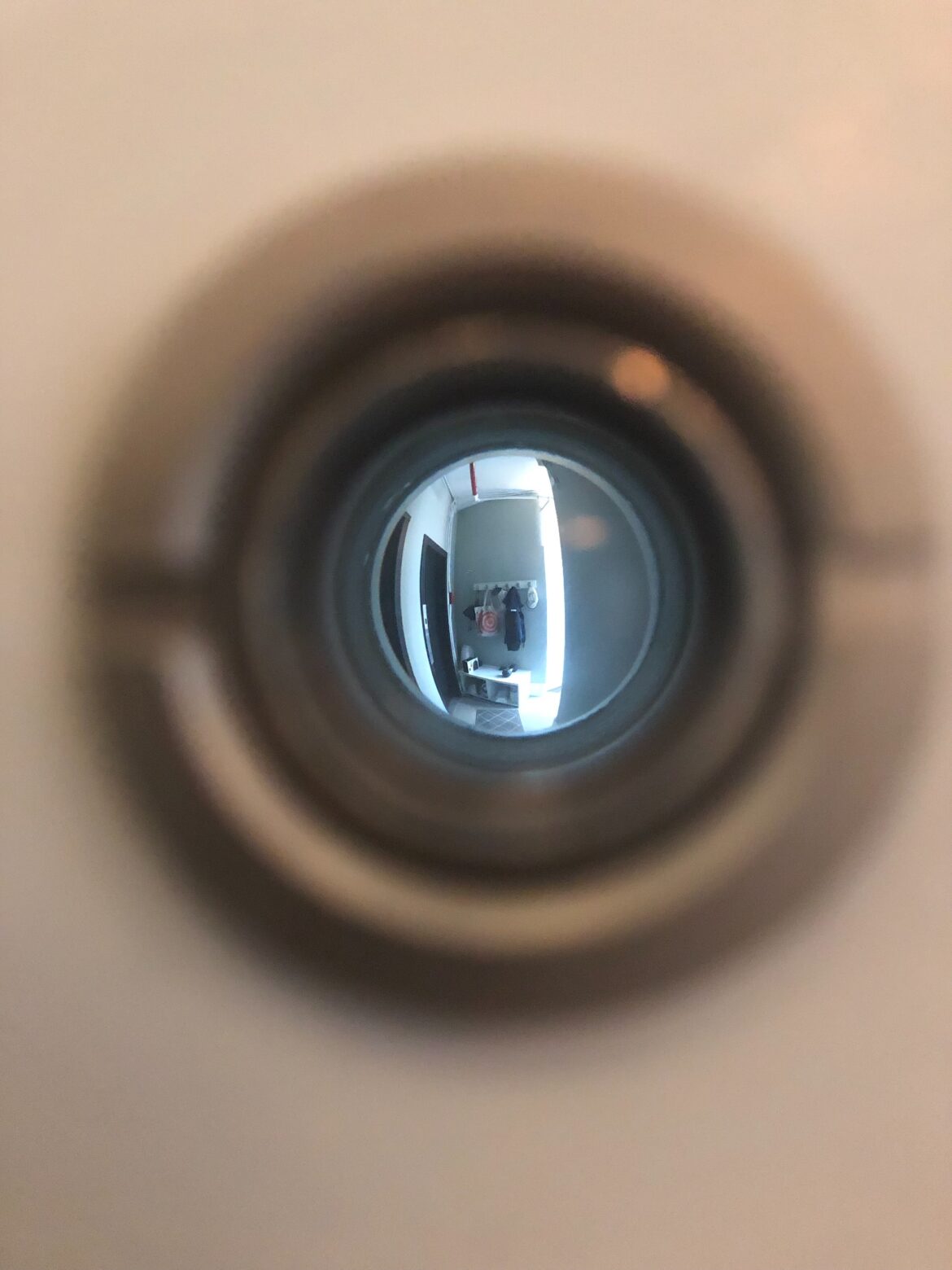10 Essential Home Safety Improvements: A Comprehensive Guide to Making Your Home Secure and Safe
A home is a sanctuary where safety and security should be paramount. While it’s easy to overlook potential hazards, taking deliberate steps to enhance the safety of your dwelling can protect your family and possessions. Below are useful home improvement tips to make your home safer, adding peace of mind for everyone who lives there.
- Install Smoke and Carbon Monoxide Detectors
Place detectors in key areas like the kitchen, bedrooms, and hallways.
Regularly test and replace the batteries to ensure they’re always functional. - Secure Windows and Doors
Upgrade locks and consider adding deadbolts to exterior doors.
Install window security film or bars for added protection. - Improve Outdoor Lighting
Adequate lighting around entrances and pathways minimizes the risk of trips and falls.
Motion-activated lights can deter potential intruders. - Keep Electrical Systems Up to Date
Regularly inspect wiring and outlets for signs of wear or damage.
Consider hiring a professional electrician to evaluate the system and make necessary upgrades. - Install a Security System
Security systems with cameras, alarms, and smart technology add a layer of protection.
Choose a system that aligns with your needs and budget. - Anchor Heavy Furniture and Appliances
Secure tall bookshelves, dressers, and TVs to the wall to prevent tipping.
This is particularly important in households with small children. - Non-Slip Flooring
Add non-slip mats to bathrooms and other wet areas.
Consider non-slip coatings for slippery floor surfaces. - Childproofing
Install safety gates, outlet covers, and cabinet locks if you have small children.
Keep cleaning supplies and other dangerous items out of reach. - Emergency Preparedness
Have an emergency plan and communicate it to all family members.
Keep essential supplies like flashlights, batteries, and a first-aid kit readily available. - Evaluate and Maintain Structural Integrity
Regularly inspect your home’s foundation, roof, and other structural elements.
Address issues promptly to prevent potential accidents or costly repairs.
Conclusion
Making your home safer doesn’t have to be overwhelming or expensive. By implementing these practical home improvement tips, you can enhance the security and safety of your living space. Regular maintenance and vigilance in identifying potential hazards will keep your sanctuary as safe as possible, providing peace of mind for you and your loved ones. Whether you’re a new homeowner or simply looking to improve the safety of your current residence, these tips provide a solid foundation for a safer home.


